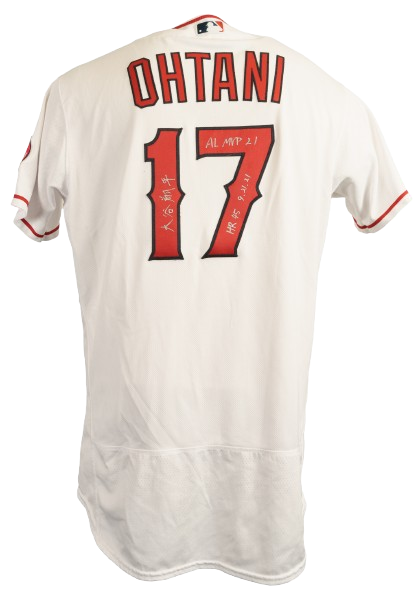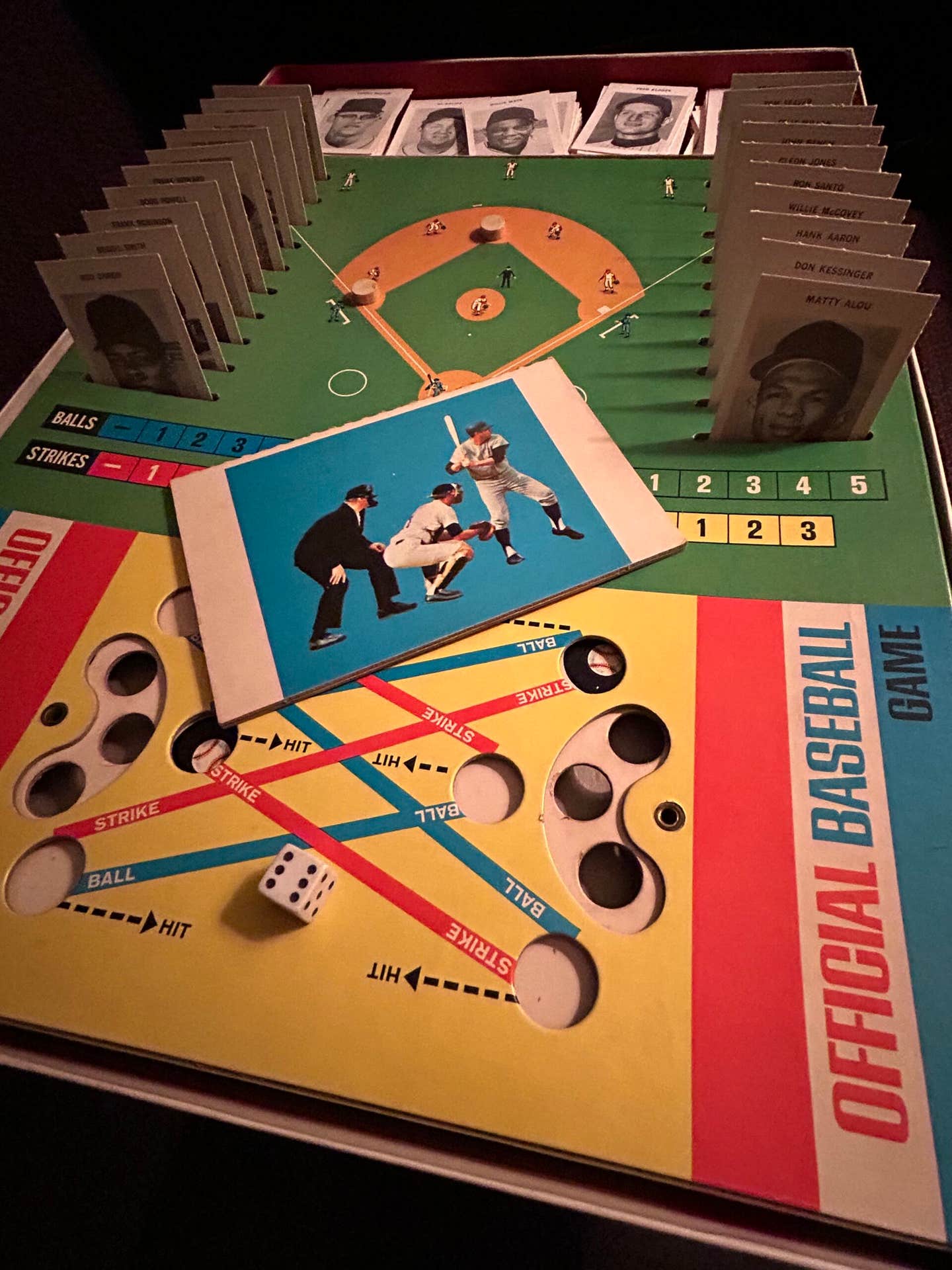Memorabilia
Part 5: What’s So Crazy About a Mother Teresa Baseball Anyhow?
By Kevin Nelson
(Editor’s note: This is the latest installment in our five-part series of special reports on Operation Bullpen and its ongoing impact on the collecting hobby.)
Of all the hundreds of thousands of counterfeits produced by the Operation Bullpen gang, none has ever invited so much comment or ridicule as the Mother Teresa baseball, arguably the most famous autograph forgery ever made.
The ball – actually, there were five forged Mother Teresa baseballs, but we’ll get to that later – was only one tiny pebble in an Everest of forged merchandise that was confiscated by the FBI during its celebrated Oct. 13, 1999, bust of the ring. But, oh, what a pebble it was! At a San Diego press conference held six months later to announce the results of the bust, the FBI’s Special Agent in Charge held the ball up for the media to see, and the media took it from there.
“Hear about this?” joked Jay Leno on The Tonight Show. “The FBI busted up what they say is the biggest fake sport memorabilia ring in the United States. And one of the items they confiscated was a baseball signed by Mother Teresa. I’m not making this up. They said it was authentic. What idiot buys a baseball autographed by Mother Teresa? Oh sure, that’ll look good on my mantle next to my hockey puck signed by Jesus.”
The Mother Teresa baseball became the centerpiece of virtually all early media coverage of the case and a public relations bonanza for the FBI. The Associated Press featured it in its wire service article on the case. Barbara Walters referred to it on her show, and again on another ABC news program. The ball seemed to provide an insight into how “brazen” and “outrageous” the forgers were, according to Reader’s Digest.
But Jay Leno and the other commentators likely were not aware that a few years earlier, in 1997, after the FBI busted up a smaller counterfeit memorabilia ring in Chicago that specialized in fake-signed Michael Jordan merchandise, the cartoonist Scott Adams had made similar jokes in his “Dilbert” comic strip. The FBI is very attuned to publicity about itself and its investigations, and when I was researching my book on the ring, a Special Agent involved in the investigations gave me copies of the Dilbert strips that accompany this article.
Many in the media seemed to think that a Mother Teresa-signed baseball is the craziest thing imaginable, but really, what’s so crazy about a Mother Teresa baseball?
Mother Teresa, who died in 1997, signed copies of her book A Simple Path, and occasionally signed autographs for people. Many collectors collect single-signed baseballs, and it is not out of the realm of possibility that someone could have thrust a ball or two at her when she making a public appearance and asked her her sign it.
Greg Marino, Bullpen’s chief forger, signed five Mother Teresa baseballs, all on the sweet spot. All the balls, official Rawling World Series baseballs, were supplied to him by a corrupt memorabilia dealer. “It shocked me when they asked for [the signature],” Greg told me in our interviews. “I’m thinking, who the hell can they be selling these to?” But clearly, there were buyers for these balls, just as there were buyers for a fake-signed Babe Ruth underpants box and lots of other preposterous things.
It is not clear who retains possession of these famous forgeries today, although it’s a sure bet that if the National Baseball Hall of Fame ever follows through on its long-scheduled plans to hold an exhibit on the Operation Bullpen case, a Mother Teresa ball will appear on public display for the first time. If you ever see photos of multiple Mother Teresa baseballs, by the way, they are fakes of fakes. Only the five signed by Marino were uncovered in the Bullpen investigation.
Another lingering mystery is the identity of the person who signed the three Mother Teresa photographs that were also rounded up by the FBI. Marino said he never signed any Mother Teresa photographs, and based on his candor with the FBI (and me), there is no reason not to believe him. But if not Marino, who then? The “mc” at the end of her autograph stands for Missionaries of Charity, the religious order she belonged to.
All five of the fake Mother Teresa baseballs were certified by J. DiMaggio Company, the authenticator for the Bullpen conspiracy who rubber-stamped the bulk of forgeries in the scam. Shown here is a copy of the cert, a document that in some ways is as outrageous as the ball (and to my knowledge, has not been shown publicly before). Some might say it takes balls to forge Mother Teresa’s signature on a baseball; well, it takes balls to authenticate it, as well.
Next week: We will take a look at the beautifully packaged celebrity “cuts” produced by the Operation Bullpen gang and why so many collectors bought them in those years – and still own them today.
Kevin Nelson is the author of Operation Bullpen: The Inside Story of The Biggest Forgery Ring in American History.
Here are the previous installments in Nelson’s exclusive series on forgery:
• Operation Bullpen, and Why Forgers Don’t Always Hit the Sweet Spot
• How To Trick People and Get Away With It: The Art and Craft of the Forger
• The ’98 Home Run Chase: A Perfect Storm for Counterfeiters
• Forging the Big Three: DiMaggio, Mantle, Williams








